August 20 is Southern HIV/AIDS Awareness Day (SHAAD), an opportunity to raise awareness about the HIV epidemic in the Southern region of the United States. The South, and particularly the “Deep South” (Alabama, Florida, Georgia, Louisiana, Mississippi, North Carolina, South Carolina, Tennessee, and Texas), experiences a higher burden of HIV compared to other regions in the country and has lower PrEP (pre-exposure prophylaxis) use.
In 2022, the South accounted for 52% of all new HIV diagnoses, despite only representing 38% of the U.S. population. That same year, 14% of people living with HIV in the South were unaware of their HIV status. In 2024, the South had the lowest PrEP-to-Need Ratio (PnR) in the country—12 PrEP users for every new HIV diagnosis—indicating the greatest unmet need for HIV prevention services.
Social determinants of health (SDOH), such as poverty, lack of health insurance coverage, housing instability, and systemic racism, drive inequities in HIV prevention, testing, treatment, and care. In 2022, the South had the highest poverty rate and the lowest median household income in the U.S., further contributing to the region’s HIV burden.
HIV disproportionately impacts Black and Hispanic individuals in the South. In 2022, Black individuals represented nearly half (48%) of all new HIV diagnoses but accounted for only 23% of Southern PrEP users in 2024. Hispanic individuals accounted for 26% of new HIV diagnoses in 2022, yet made up just 19% of PrEP users in 2024.
This Southern HIV/AIDS Awareness Day, AIDSVu is highlighting the urgent need to address the health inequities and social determinants of health that contribute to the South’s disproportionate HIV burden, and calling for action to expand access to HIV prevention, testing, and care services.
2025 Theme: Centering Equity and Action in the South
Explore our Resources
AIDSVu’s infographics are meant to encourage new ways of visualizing the HIV epidemic in the South. Share them on social, print them out as one-pagers, and add them to your presentations.
Infographic
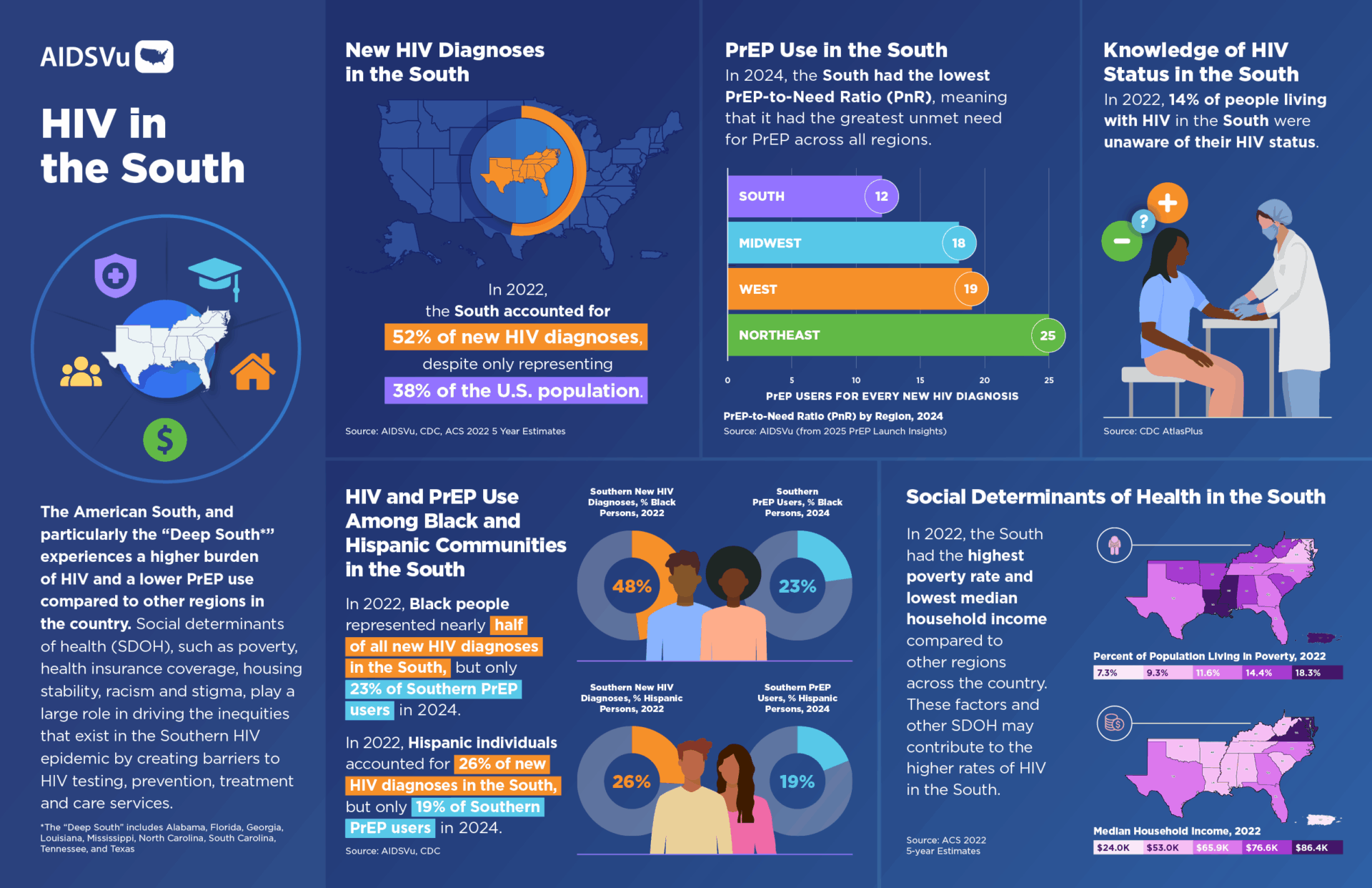

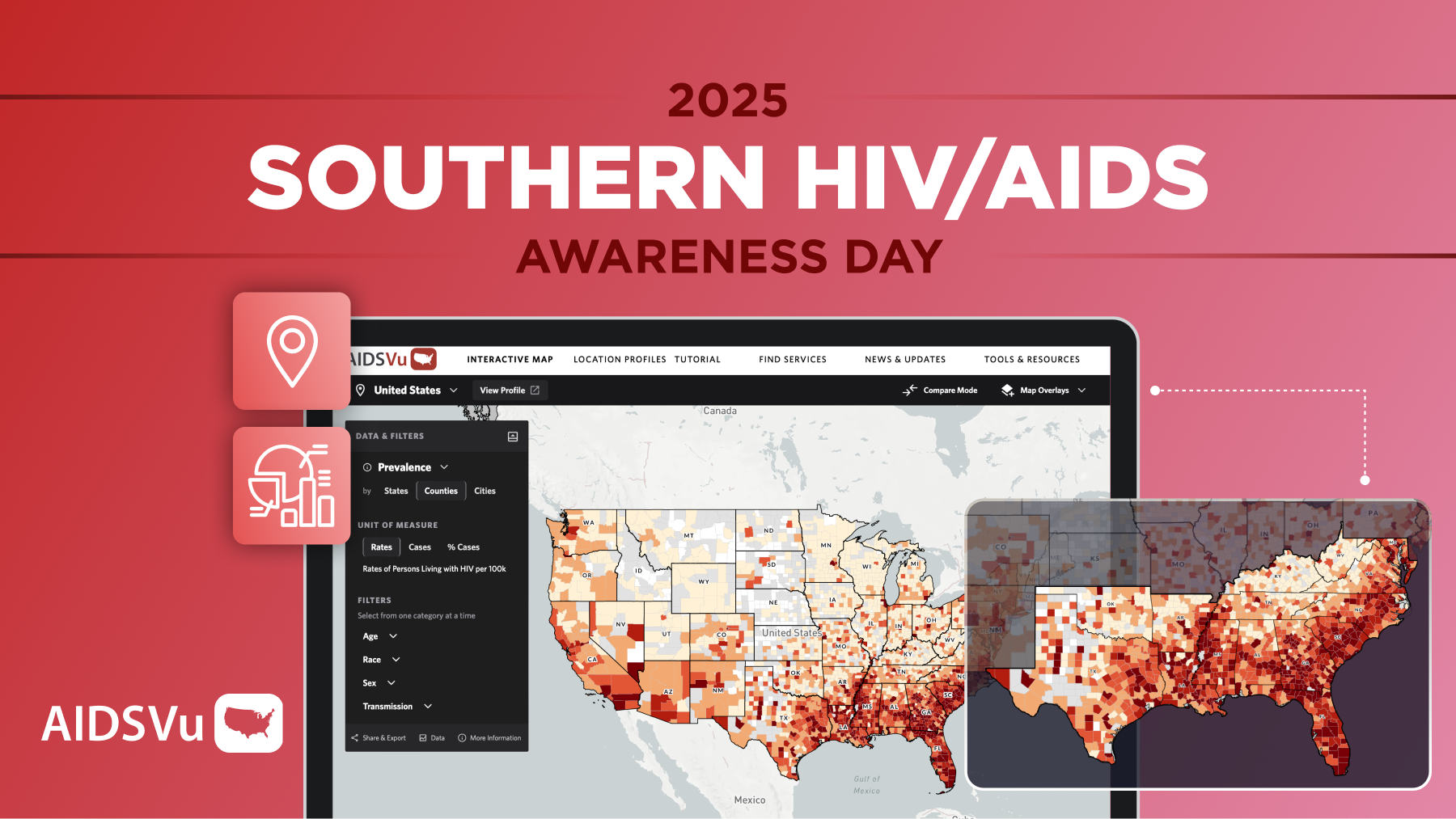
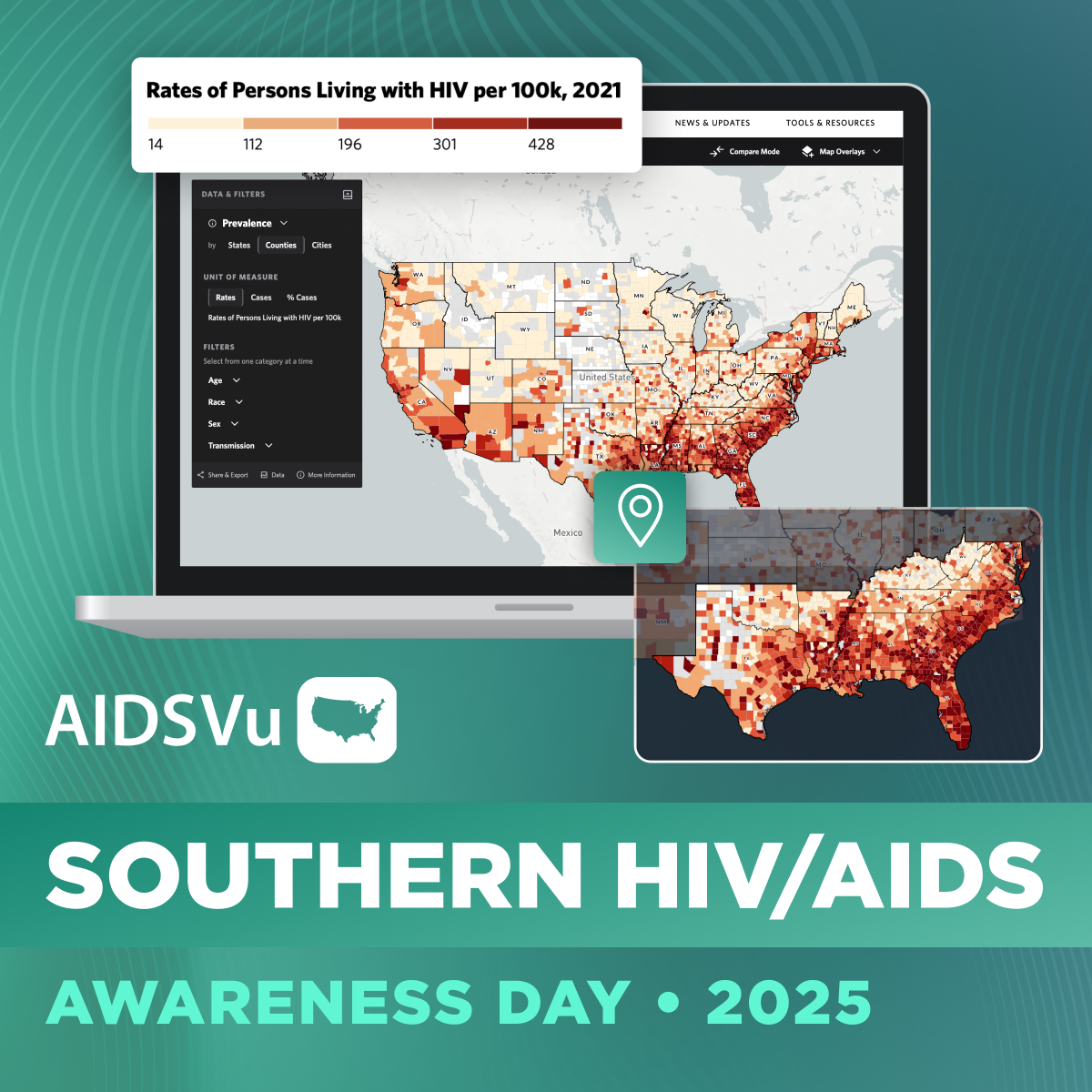
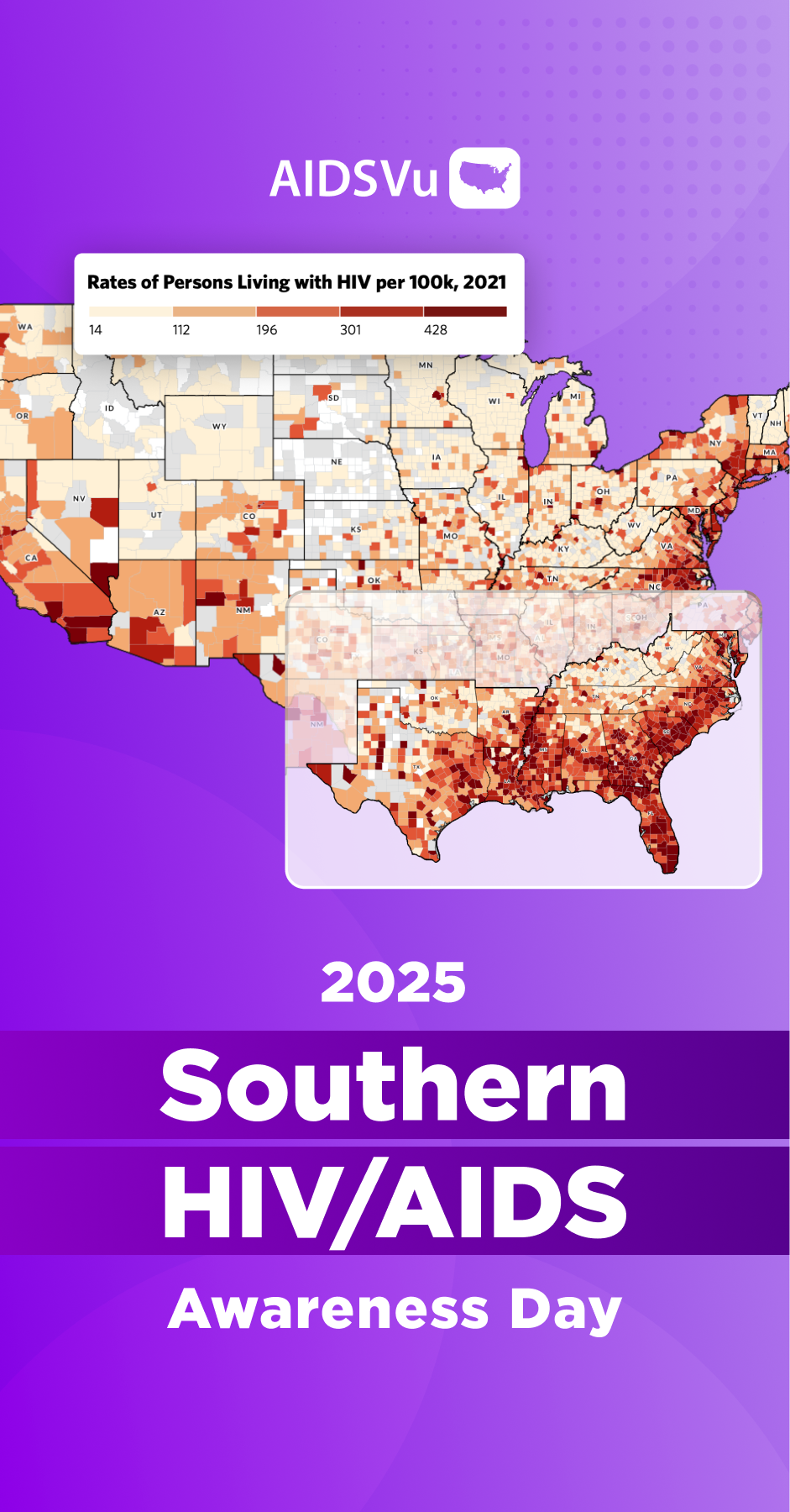
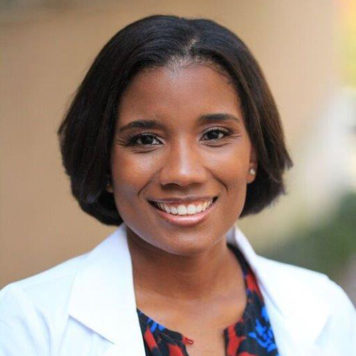



Share these social media posts and infographics on LinkedIn, X, and Facebook with #SHAAD to help spark conversations about HIV in the Southern region of the U.S.
Post 1
#DYK? In 2022, the South accounted for 52% of all new HIV diagnoses, despite making up only 38% of the U.S. population. This stark disparity highlights how the region—particularly the “Deep South”—continues to face unique challenges in addressing HIV. These challenges include lower access to prevention tools like PrEP, barriers to healthcare, and systemic inequities that drive the epidemic.
This #SHAAD, we’re raising awareness about the urgent need for expanded testing, prevention, and treatment services to ensure every community has the resources to end HIV. #HIV #EndHIV #HealthEquity
Post 2
The South has the lowest PrEP-to-Need Ratio in the country—just 12 PrEP users in for every new HIV diagnosis in 2024. This means the region has the greatest unmet need for HIV prevention services in the U.S.
PrEP is a highly effective tool for preventing HIV, but without equitable access, communities remain vulnerable. This #SHAAD policymakers, healthcare providers, and community leaders can work to close this prevention gap and expand access to lifesaving resources. #HIV #PrEP #EndHIV
Post 3
In 2022, Black individuals represented 48% of all new HIV diagnoses in the South, yet in 2024 they made up only 23% of PrEP users. This gap is a clear sign that prevention resources are not reaching the communities most impacted.
Addressing this disparity requires intentional investment in culturally relevant outreach, trusted community partnerships, and dismantling the systemic barriers that perpetuate inequities in HIV prevention. This #SHAAD, let’s commit to ensuring everyone has an equal opportunity to stay HIV-free. #HIV #PrEP #HealthEquity
Post 4
Behind the statistics are real people and communities. In 2022, 14% of people living with HIV in the South were unaware of their HIV status—meaning thousands of individuals may not be receiving the care they need to stay healthy and prevent transmission.
Knowing your status is the first step to ending the epidemic. This #SHAAD, we encourage everyone to get tested, talk openly about HIV, and help remove the stigma that keeps people from seeking care. #HIV #GetTested #EndHIV
Post 5
Poverty, limited healthcare access, and housing instability are powerful drivers of health outcomes—including HIV rates. In 2022, the South had the highest poverty rate and lowest median household income in the U.S. These factors create barriers to prevention, testing, and treatment that disproportionately impact marginalized communities.
Ending HIV in the South requires more than just medical interventions—it demands addressing the root causes of health inequities and creating supportive environments where all people can thrive. #SHAAD #HIV #SDOH #HealthEquity
Post 6
The “Deep South” continues to face higher HIV rates than any other region in the U.S., driven by systemic challenges like healthcare access gaps, stigma, and underinvestment in prevention. Communities across Alabama, Florida, Georgia, Louisiana, Mississippi, North Carolina, South Carolina, Tennessee, and Texas are disproportionately affected.
This #SHAAD, join with partners, advocates, and public health leaders to shine a light on these challenges—and to push for lasting change that ensures HIV prevention and care reach every person who needs it. #HIV #EndHIV #HealthEquity